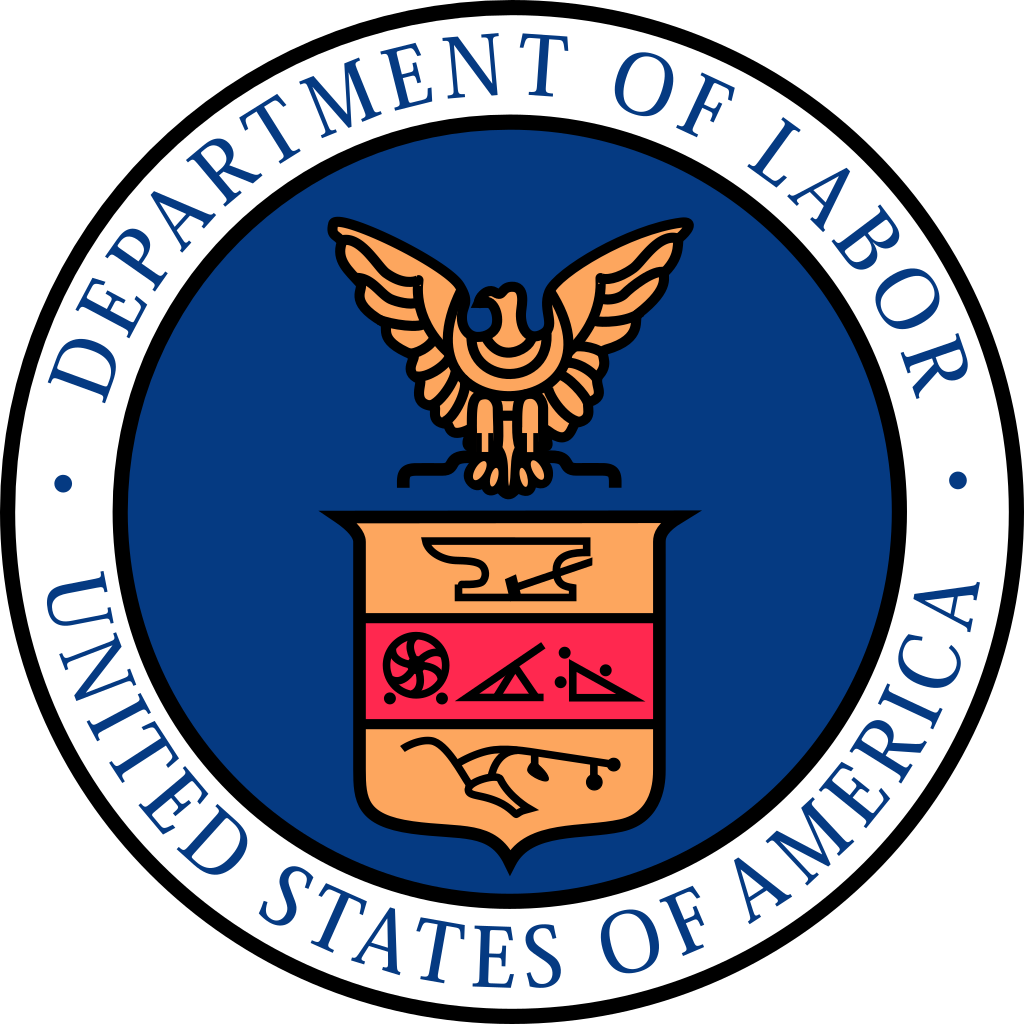The U.S. Department of Labor has reached a settlement with Labcorp over allegations that it failed to provide lactating employees a space for them to express milk privately without fear of intrusion.
The investigation stemmed from an allegation of one employee in the company's Lynwood, California, location. DOL investigators determined that when the employee asked for a private place to express her breast milk, supervisors offered a common space that resulted in her being interrupted twice. As result, and per its settlement with the DOL, Labcorp has agreed, for all of its 2,000-plus locations nationwide, to "provide a private space as required with a notification on the door to guarantee an intrusion-free space."



















